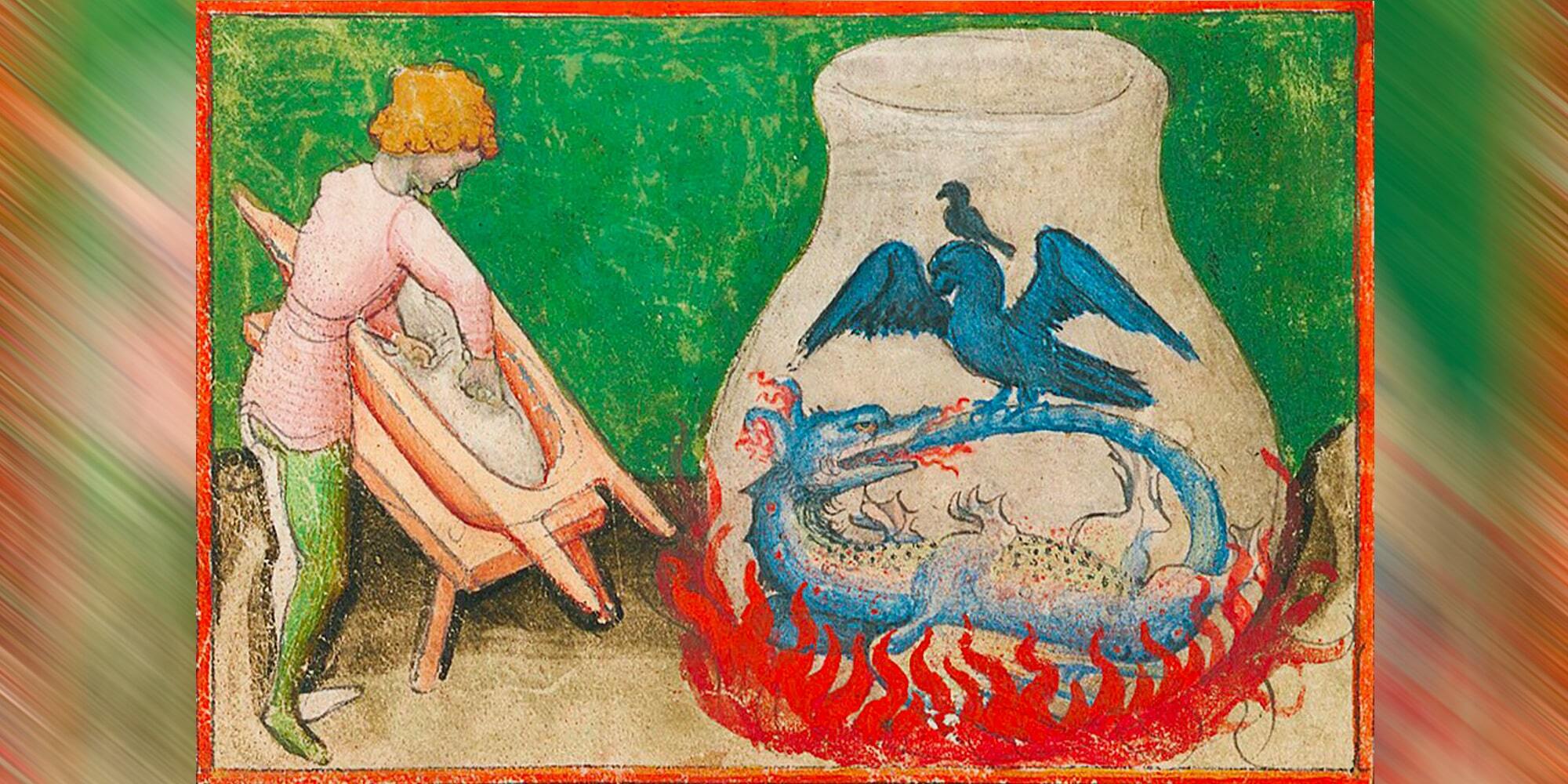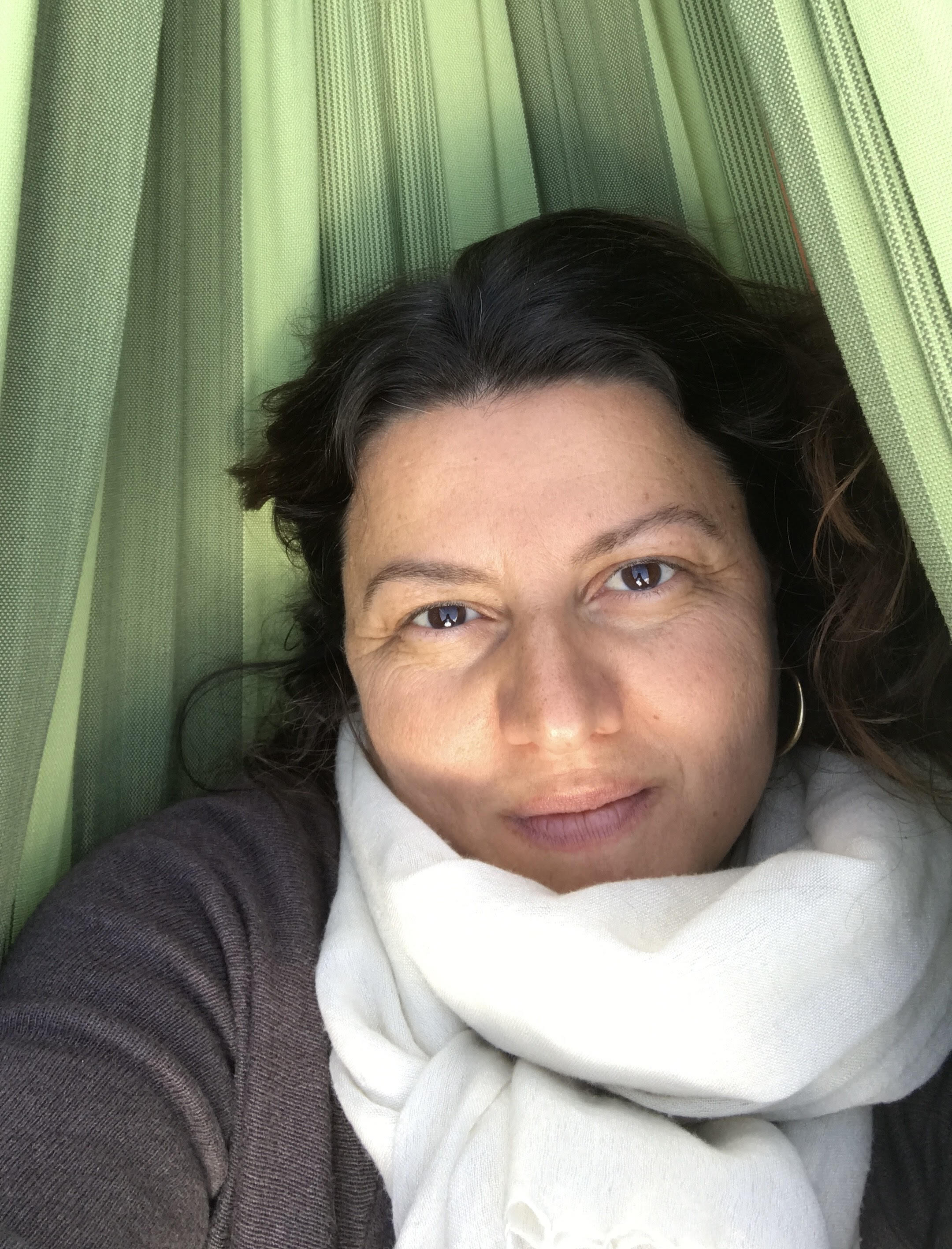Embracing the ‘More Than’
“Feel the pain of the earth piercing you. Understand that the earth is not an extension of our bodies; rather, our bodies are an extension of the earth.” - Vanessa Machado de Oliveira (2021).
This invitation to radically reframe our sense of self resonates deeply with the foundation of psychosynthesis. At its heart, psychosynthesis teaches us that people are never merely their ‘personal self’ - a centre of consciousness and will - but always more than their body, emotions, and thoughts. By including the transpersonal, it recognises that we are more than our individual experiences. Richard Tarnas (2006) captures this interconnectedness beautifully:
“Transpersonal multivalently acknowledges the sacred dimension of life dynamically moving beyond as well as within.”
In therapy, I believe it is essential to include more than the individual and their childhood wounding. External factors—global, political, economic, and ecological - must also be part of the therapeutic process. Psychosynthesis supports this wider view through its practice of disidentification, a meditative exercise that helps individuals access consciousness through physical, emotional, and mental awareness.
In meditation, we affirm: “I have my body. I have my feelings. I have my mind. And I am more than my body. I am more than my feelings. I am more than my mind.” This practice allows us to fully identify with each aspect of consciousness in turn and then let it go - to disidentify.
Roberto Assagioli, the founder of psychosynthesis, used the phrase “I am not” in the disidentification meditation. However, I find “more than” to be a more expansive and empowering expression. Assagioli described disidentification as the ability "to dominate and control everything from which we disidentify ourselves.” Yet Allan Frater (2021) cautions that a therapeutic goal of control and domination can lead to an overemphasis on the habitual egoic self. He warns against colonised mindsets:
“Assumptions of control run the danger of turning transpersonal psychotherapy into an egocentric colonisation project.”
By conceptualising my clients as always more than, I strive to take a compassionate, relational, holistic, and global view of their whole selves.
The collective unconscious is a parallel concept in psychosynthesis, represented in the egg diagram by a dotted line. This suggests that there is no solid, fixed boundary between the individual and the world. Molly Young Brown (1999) describes the collective unconscious as lying outside the borders of the individual unconscious, encompassing pain for the world, instinct, and intuition. By bringing awareness to this global yet individualised pain, we can begin to relate to it meaningfully.
This expansive vision is also present in psychosynthesis’s concept of ‘bifocal vision’ - seeing the client (and ourselves) as both wounded from the past and as an authentic, emerging future-self. To this, I add ‘present global wounding,’ forming what I call a ‘trifocal vision,’ so that I may see my clients with a fuller, more respectful presence. Diana Whitmore (2014) reminds us:
“Without a bifocal vision … and without a context which sees the client as more than her pathology, the therapist greatly reduces the effectiveness of the work.”
I understand this "more than" to include the collective unconscious. Without this holistic view, we limit potential emergence. Angie Fee explores this in her article, The Personal is Political.
Most psychotherapy focuses solely on early woundings from caregivers, often excluding the ongoing wounding that arises from contemporary global issues. Yet, Young Brown (1999) notes that “psychotherapists are realising how their profession has blinded itself to the larger context of their clients’ lives, and pathologised their pain for the world.”
Many psychologists today ask what it means to be well in unwell times. Recognising our deep entanglement with the natural world, Bayo Akomolafe (2023) insists:
“We must do something more than just treat ourselves … we must think of ourselves as always entangled with the world at large.”
Without this awareness, we risk trivialising the real impact of external events, colluding with society, doctors, and even misguided therapy in telling clients their anxiety is entirely internal. James Hillman (1990) highlights the consequence: clients come to believe their anxiety is “all mine and therefore all my fault.”
Such internalisation creates shame, anaesthetising sensitive people to harmful global issues and diminishing their sense of connectedness to the world - a connection that is essential for wellbeing.
In my practice, I strive to always see my clients as ‘more than’ their feelings, thoughts, body, behaviour, and background, so that I can help them access their emerging, authentic future self.
References
Akomolafe, Bayo. (2015). Decolonizing ourselves.
Akomolafe, Bayo. (2021). What does it mean to be well in unwell times? In Holding the Hope: Reviving Psychological and Spiritual Agency in the Face of Climate Change, p.26.
Fee, Angie. The Personal is Political – a bifocal vision.
Frater, Allan. (2021). Waking Dreams: Imagination in Psychotherapy and Everyday Life.
Hillman, James. (1990). What kind of society nurtures the soul? [Audiobook, 2019 edition].
Keen, Sam. (1974). The Golden Mean of Roberto Assagioli. Psychology Today, December 1974.
Machado de Oliveira, Vanessa. (2021). Hospicing Modernity: Parting with Harmful Ways of Living.
Tarnas, Richard. (2006). Cosmos and Psyche: Intimations of a New World View.
Whitmore, Diana. (2013). Psychosynthesis Counselling in Action (4th ed.).
Whitmore, Diana. (2014). Psychosynthesis: Psychology with a Soul.
Yeomans, Thomas. (2021). Psychosynthesis Exercises for Personal and Spiritual Growth.
Young Brown, Molly. (1999). Ecopsychosynthesis: Meeting the Crises of Our Times.


.jpg)

